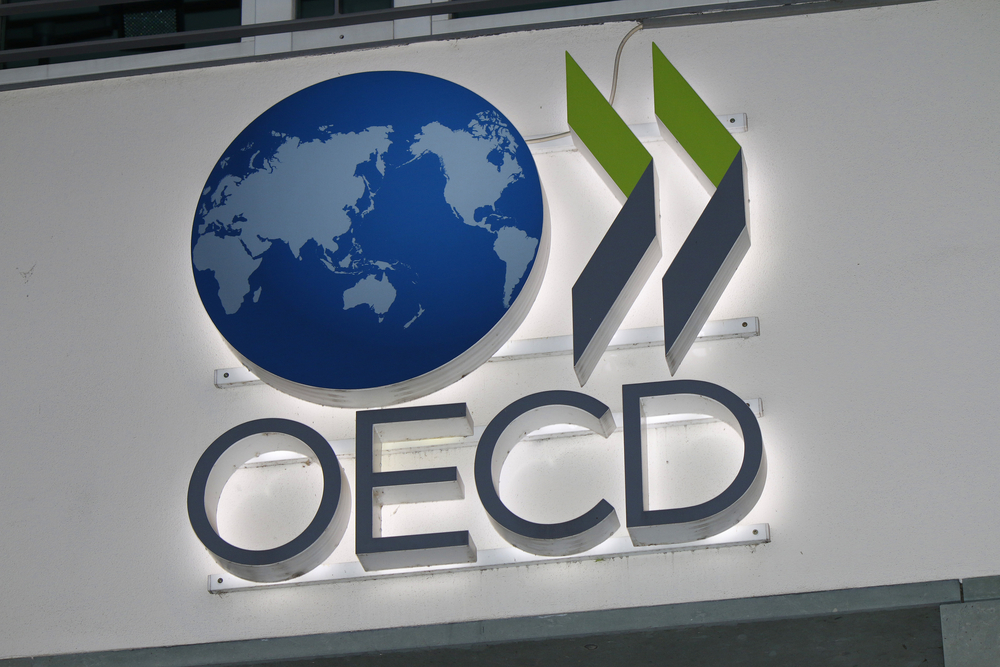The Organisation for Economic Co-operation and Development (OECD) has adopted a new definition of AI, which is expected to inform the European Union’s AI Act.
The OECD’s influence on EU AI policy was first established in 2019 with a set of principles for trustworthy AI, which included an early definition of AI. This definition has now been officially updated and is likely to be integrated into the EU’s forthcoming AI Act, shaping the scope of the law.
The new definition, as stated by the OECD, reads: “An AI system is a machine-based system that, for explicit or implicit objectives, infers, from the input it receives, how to generate outputs such as predictions, content, recommendations, or decisions that [can] influence physical or virtual environments. Different AI systems vary in their levels of autonomy and adaptiveness after deployment.”
This definition was fine-tuned following discussions in the OECD’s Committee on Digital Economy Policy and Working Party on Artificial Intelligence Governance to align with the EU AI Act.
The Act itself is currently being finalized by the EU legislative ascent process. It will be the West’s first comprehensive AI law.
While various voluntary AI safety frameworks and an executive order from President Biden have been established, the EU Act will likely be the first enforceable law relevant to the technology.
Given the rise of generative AI, there has been some debate over the definitions and terms used in the act since the initial act was drafted. The European Parliament had already agreed to adopt the OECD’s definition.
This move is part of the broader EU-US Trade and Technology Council’s initiative to establish a common taxonomy for AI-related concepts.
Key changes in the new OECD definition include acknowledging AI systems that can develop new objectives beyond their initial human-defined goals, also called “emergent goals.”
The new definition also expands the types of outputs AI can produce, such as text, videos, or images, aligning with the capabilities of multi-modal generative AI models.
Now that ChatGPT has fully integrated DALL-E 3, it’s no longer ‘just’ a language model.
Additionally, the definition suggests how AI systems can change post-deployment.
The OECD’s new AI definition will be incorporated into the EU’s AI Act as it moves into its final legislative phase.





